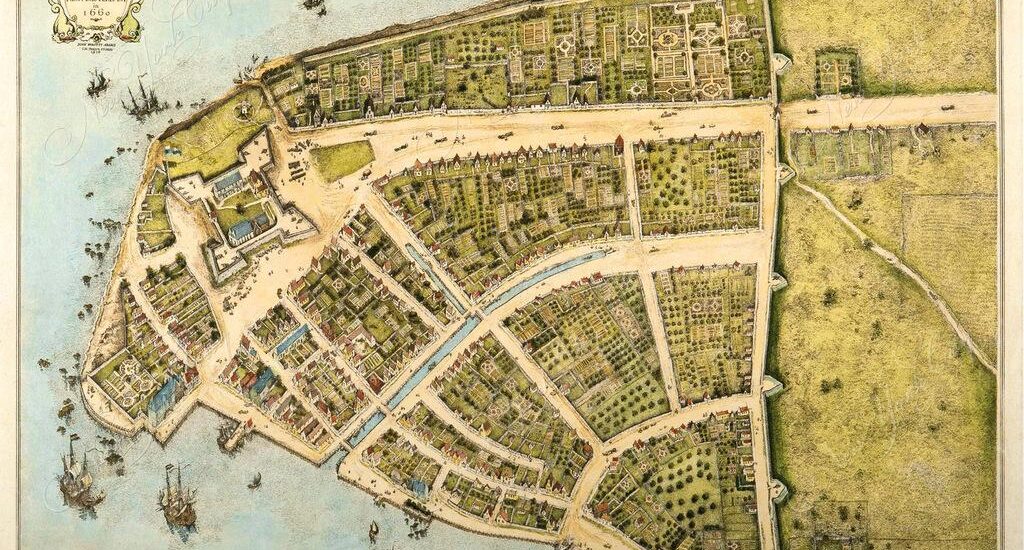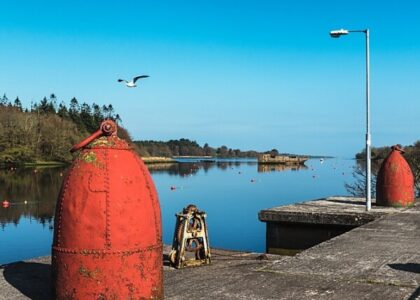Welcome to Fort Amsterdam, the birthplace of what we now know as New York City. Imagine standing on the southernmost tip of Manhattan in the early 17th century, surrounded by the hustle and bustle of a burgeoning Dutch settlement. This was New Amsterdam, a strategic Dutch foothold in the New World, established to protect the lucrative fur trade of the Dutch West India Company. The fort, built in 1625, was a symbol of Dutch ambition and enterprise, nestled at the confluence of the Hudson River and the Atlantic Ocean.
The story of Fort Amsterdam is a tale of transformation and resilience. Initially, it served as a military garrison, its cannons poised to defend against rival European powers and indigenous tribes. The fortification was modest, made of earth and wood, yet it was the heart of the Dutch colony of New Netherland. Under the leadership of Director-General Peter Minuit, the Dutch purchased Manhattan from the indigenous Lenape people for goods worth 60 guilders, a transaction that would become legendary.
As the settlement grew, so did its significance. By 1653, New Amsterdam had become a bustling city, granted municipal rights, and the fort was at its center. It was a melting pot of cultures and languages, with people from all over Europe and Africa calling it home, including the first enslaved Africans brought by the Dutch.
Fast forward to 1664, when the winds of change swept through New Amsterdam. The English, seeking to expand their colonial reach, seized control of the city without a shot fired. Fort Amsterdam was renamed Fort James, and New Amsterdam became New York, in honor of the Duke of York. This transition marked the beginning of English dominance in the region, setting the stage for New York’s evolution into a major global city.
Throughout its history, Fort Amsterdam saw many notable figures pass through its gates, including Peter Stuyvesant, the last Dutch Director-General, known for his stern governance and wooden leg. His leadership, though controversial, helped stabilize the colony during its formative years.
Today, the legacy of Fort Amsterdam lives on in the vibrant streets of Lower Manhattan. While the fort itself no longer stands, its spirit is etched into the very fabric of the city. As you explore this historic area, imagine the echoes of the past—the merchants, soldiers, and settlers who laid the groundwork for one of the world’s greatest cities.
So next time you find yourself in Lower Manhattan, remember Fort Amsterdam, where the story of New York City began—a story of ambition, diversity, and transformation.






